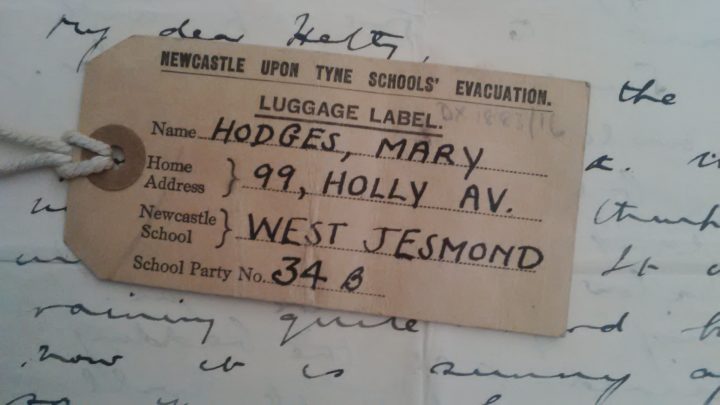Researchers from the University of Reading are exploring creative approaches to public engagement with previously hard-to-reach archival and museum collections.
Some historical materials are easier to curate and display than others, with family histories and personal archives generally considered to be among the most difficult. Research by Professor Teresa Murjas at the University of Reading is being used to change the approach of archive and museum staff to the curation of these typically overlooked collections, by bringing to life the powerful stories that are so often contained within them.
Through her practice-led ‘Clamorous Objects’ research project, Murjas has established the potential of multi-media installations and theatrical performance to convey messages around migration and identity. By facilitating collaboration with creative practitioners and producers, the Clamorous Objects project has enabled participating archives and museums to transform their various special collections from ‘closed spaces’ to ‘hubs of creativity and innovation’.
Strands within the project have included the establishment of an artists’ collective working with personal archives related to migration, and the production and performance of a play exploring the challenges faced by interpreters working within UK public services. Murjas has also investigated the potential of digital media to improve the ‘discoverability’ of archival material, for example by combining new videos and audio recordings with existing artefacts.
Murjas’ approach to preserving and curating intangible cultural heritage has influenced how curators and practitioners across the UK conceptualise and share their archives, with her research now being used as an industry benchmark by Research Libraries UK (RLUK).
Find out more
Exploring Archives (project website)
War Child: Meditating on an archive (short film on the process of creating a personal archive 2m10s)
View the full impact case study on the REF 2021 website: ‘Clamorous Objects: Unmuting the Archive’– changing the way collections are interpreted and presented to engage new and larger audiences

